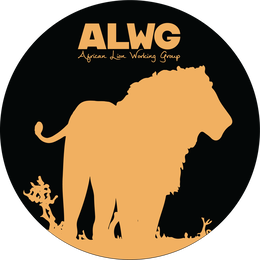|
In honor of World Lion Day, ALWG member, Dr. Hans Bauer, wrote a blog for Humans of Nature! Check it out!
0 Comments
In honor of World Lion Day (August 10th), the Endangered Wildlife Trust (EWT) released their annual progress report of the African Lion Database (ALD) Project. Started in 2018, the project was created to consolidate reliable data on the population and distribution of Lions across the continent. The ALD is managed by EWT science officer and ALWG membership officer Samantha Nicholson! Check out the report below! The old African Lion Working Group logo has served us well for the past 20+ years. And, as African Lion Working Group grows and moves forward into the future updating our membership, bylaws, and structure, we thought we should have an updated logo too. Thank you to Dr. Caitlin Curry for designing our sleek, new logo and allowing for group feedback during the design process.
 In October 2020 IUCN members made an electronic vote on motions submitted for the World Conservation Congress in France, which was postponed from January 2021 due to COVID-19. One of the motions adopted was Motion no.72 on the illegal trade of lion bones and derivates:
The press release below is from Texas A&M University about a recent project with ALWG members Caitlin Curry, Laura Bertola, and Paula White. Read the full paper here: Curry CJ, Davis BW, Bertola LB, White PA, Murphy WJ, Derr JN. (2020) Spatiotemporal Genetic Diversity of Lions Reveals the Influence of Habitat Fragmentation Across Africa. Molecular Biology and Evolution. msaa174. DOI:10.1093/molbev/msaa174 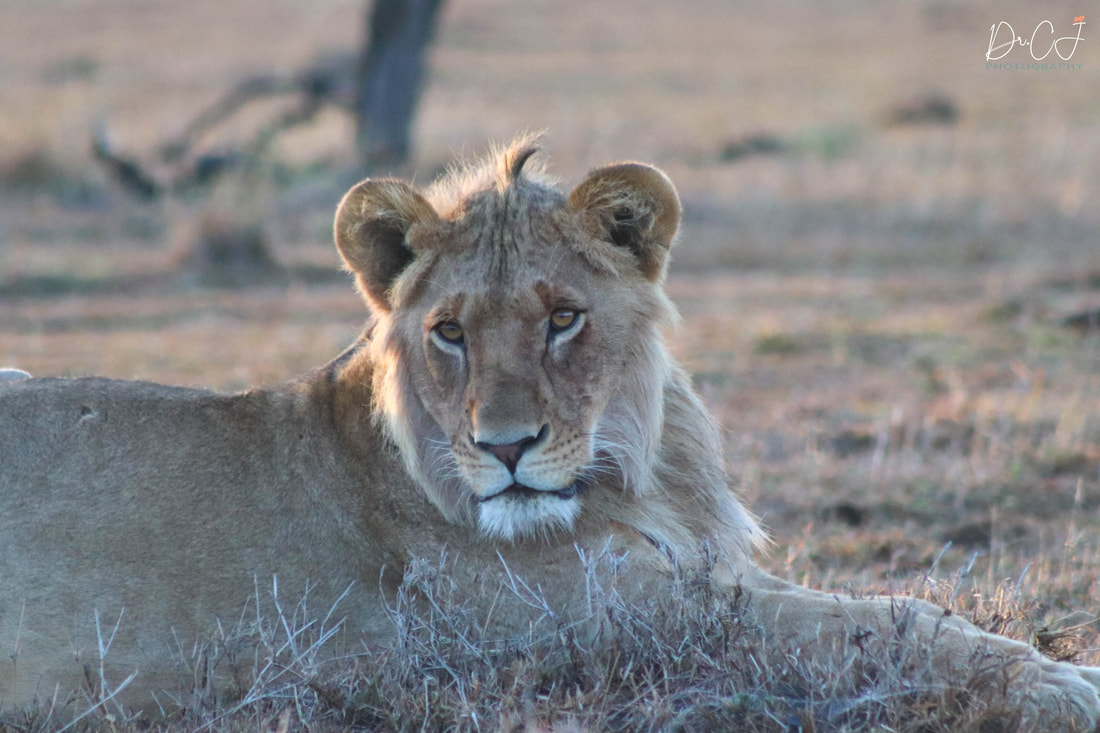 Over the course of only a century, humanity has made an observable impact on the genetic diversity of the lion population. That’s the conclusion of a recently published study in the journal Molecular Biology and Evolution by Drs. Caitlin Curry and James Derr, from the Texas A&M College of Veterinary Medicine & Biomedical Sciences (CVMBS). By comparing DNA of lions today to lions from 100 years ago, they came across the unexpected answer that there is clear genetic evidence of recent population fragmentation, which is where groups of a species are isolated from each other. This fragmentation could ultimately have a long-term impact on the genetic health of the iconic species. “I was surprised at what we found—surprised and disappointed, because it’s not what I wanted to see,” Derr said. “I really wanted to be able to tell everyone that the management we’ve been doing for the last 100 years is perfect and to keep doing what we’ve been doing and everything will be fine. But that’s not the take-home lesson; unfortunately, that’s not the story we can tell.” 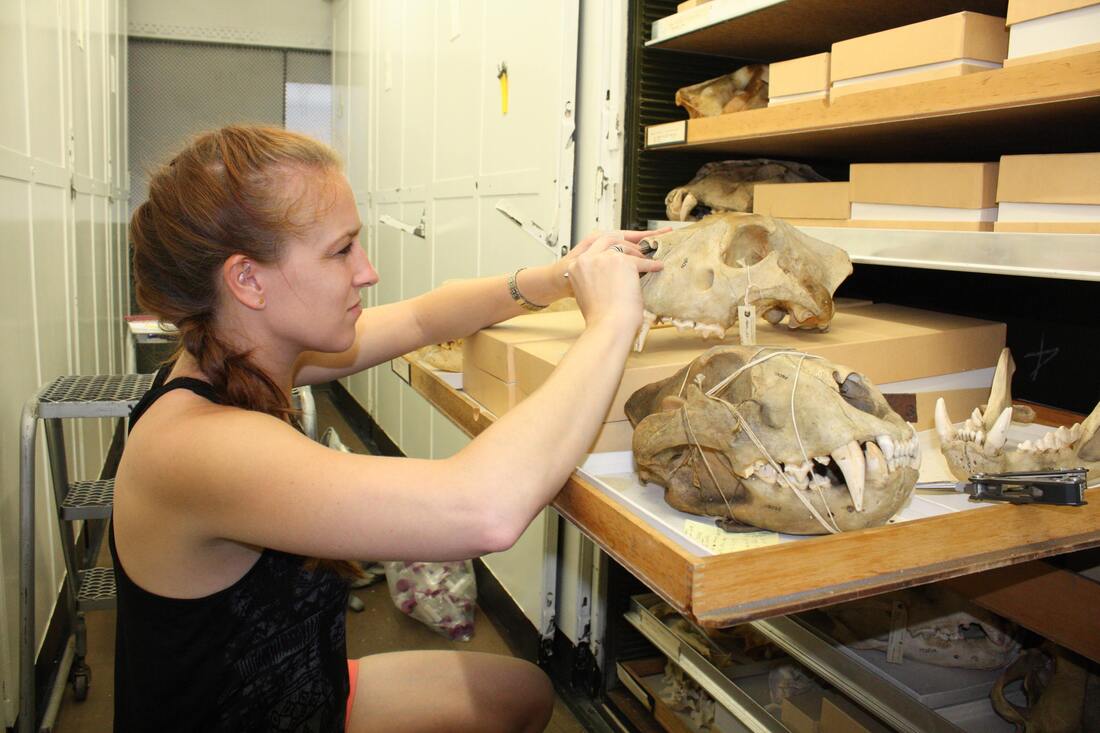 Time Traveling For Data Curry and Derr started their study with one overarching question—Has the genetic structure of lion populations changed over the last 100 years? There have been several studies on modern lions, so gathering data for the modern populations were straightforward. Curry pulled together DNA data from three previously published studies on lions that lived between 1990-2012. The historical populations, against which they wanted to compare the modern lion DNA, provided more of a challenge. Fortunately, scientists have a way to turn back time. As evidence that perhaps everything has a silver lining, the collecting of lions for museums and private collections early in the last century has given scientists a way to analyze the historic genetic makeup of lion populations. Many of those lion remains still reside, perfectly preserved, in collections around the world. Curry used DNA extracted from bones, teeth, and hides of 143 lions that lived between 1880-1949 to create a historical population data set. Both population data sets cover the same geographical range from India to Southern Africa where lions are found. Scientists call this type of analysis, comparing data from the same space at different times, a spatiotemporal study. No Room To Roam It has been understood for a long time that female lions tend to stay close to the pride in which they were born, while males travel great distances to find new prides. Therefore, males are almost exclusively responsible for the movement of genes in the population, which helps keep genetic diversity within the species high. As the human population continues to rapidly grow across Africa and more and more barriers to lion movement have gone up in the form of cities, fences, and farmland, male lions haven’t been able to travel the distances they once could. According to Curry, while lions are still genetically diverse right now, the results in the DNA were more pronounced than she expected. “In the historical population, you couldn’t easily identify where a lion was from based on its nuclear DNA. This is due to high historical levels of gene flow across the population,” she said. “But in the modern population, you can determine the general area, or sub-population, for most of the lions. But, even with sub-populations being more isolated, the overall level of genetic diversity is still considered high across all lion populations.” Consequences Of Low Genetic Diversity If lions are still generally genetically healthy today, then why does this matter? “Over the last 100 years or so, we have restricted the natural movements of many species,” Derr said. “This isolation leads to reduced gene flow and ultimately may result in reducing genetic diversity to a level that threatens the survival of local populations.” Perhaps the most well-known example of what happens with a lack of genetic diversity is another large cat, the African cheetah. According to genetic analysis, scientists believe cheetahs have suffered two large bottleneck events, or events that lead to a rapid shrinking of the gene pool. When these events happen, it results in the breeding of closely related individuals in the population, or inbreeding, creating very low genetic diversity. This has led to a current cheetah population that, even in the wild, struggles to fend off new diseases, has difficulty breeding, and faces other significant health problems. 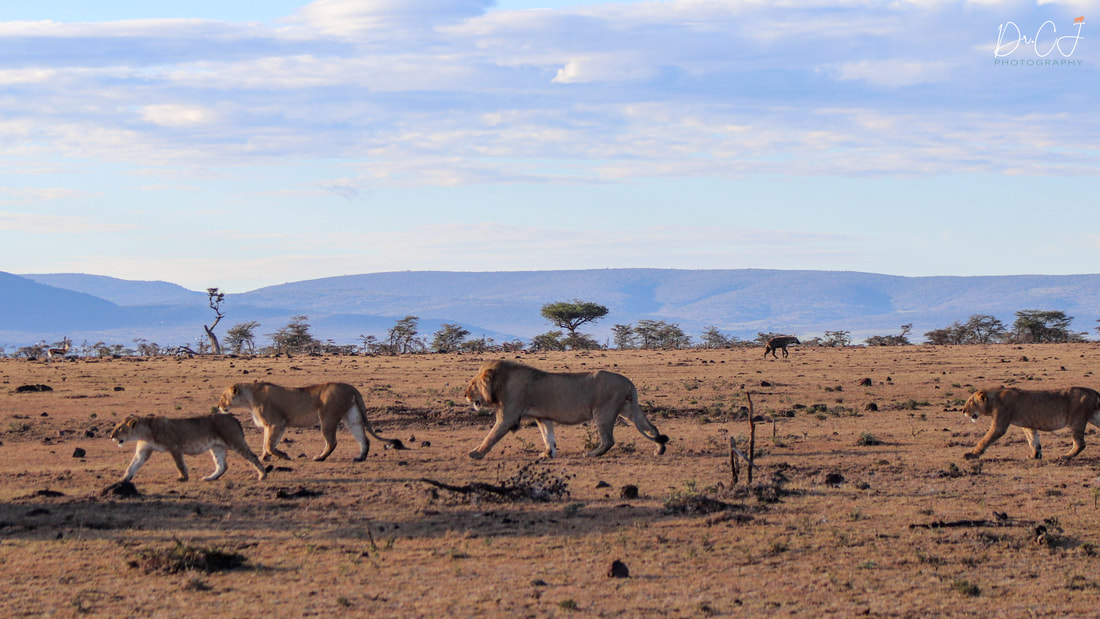 A Story Of Hope But that fate can still be avoided in lions, especially now that experts are armed with proof that lion populations have been significantly impacted by isolation and subdivision. “This should not be a disheartening story but rather one of hope,” said Curry. “Yes, we see a decrease in genetic diversity across lion populations over the past century. But, currently, compared with other mammalian species, lion genetic diversity is still considered high across all lion populations. “With responsible management focused on giving prides enough space to breed and allowing males to move more freely between isolated pockets, it is possible to increase the genetic diversity and reduce population sub-division across lion populations.” There have been multiple reintroduction programs bringing lions back to areas where lions once roamed, and coexistence strategies are increasingly being integrated into wildlife conservation programs. “The positive take-home message is now that we’ve documented this and we understand it, policies can be tailored to manage these populations differently,” Derr said. “We know now that you can’t treat all lions the same. Now we have the responsibility to manage these animals, and many other managed wildlife species, in ways that better reflects their current biology.” Derr is a Professor and the director of the DNA Technologies Core Laboratory in the CVMBS Department of Veterinary Pathobiology (VTPB). Curry, a doctoral candidate at the time of the study, is now a research coordinator in conservation genetics at the San Diego Zoo Institute for Conservation Research. ### Story by Aubrey Bloom, CVMBS Communications For more information about the Texas A&M College of Veterinary Medicine & Biomedical Sciences, please visit our website at vetmed.tamu.edu or join us on Facebook, Instagram, and Twitter. Contact Information: Jennifer Gauntt, Director of CVMBS Communications, Texas A&M College of Veterinary Medicine & Biomedical Sciences; jgauntt@cvm.tamu.edu; 979-862-4216 The press release below is from the Zoological Society of London about a recent project with ALWG members Simon Dures and Glen Maude. Read the full paper here: S. G. Dures, C. Carbone. V. Savolainen, G. Maude, D. Gotelli, Ecology rather than people restrict gene flow in Okavango-Kalahari lions. 2019. Animal Conservation. https://zslpublications.onlinelibrary.wiley.com/doi/full/10.1111/acv.12562 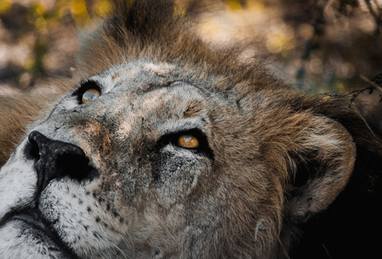 Conservationists should be wary of assuming that genetic diversity loss in wildlife is always caused by humans, as new research published today by international conservation charity ZSL (Zoological Society of London) reveals that, in the case of a population of southern African lions (Panthera leo), it’s likely caused by ecological rather than human factors. Published in Animal Conservation today (28 January 2020) the study saw researchers from ZSL’s Institute of Zoology and Imperial College London analyse the genetic diversity of 149 African lions in the KAZA (Kavango–Zambezi Transfrontier Conservation Area) in northern Botswana between 2010 to 2013. While human impacts are the leading cause of genetic diversity loss in many cases, scientists studying the lions found that diversity loss across the population was instead caused by the lions’ need to adapt to differing habitats. They identified two genetically different populations of lions in the region, each adapted to living in a distinct habitat type; the so-called ‘wetland lions’ residing in the wetland habitat in the Okavango Delta and a ‘dryland lions’ group living in the semi-arid habitat of the Kalahari Desert. If a separate population is created but cut off from its original source group due to ecological or human barriers, over time there will be less gene flow from lack of breeding between the populations. While a larger more connected population would generally have greater genetic diversity, small amounts of movement between them can maintain diversity while preserving adaptations that allow them to thrive in two different environments. Though not different enough to be classified as separate sub-species and still having slight genetic movement between the populations, it suggests a phenomenon called phenotypic plasticity – animals adapting in various ways to suit the environment they’re in. Ensuring wildlife conservation managers understand how a population becomes genetically fragmented is important in order that decisions regarding protection are well-informed and consider animals’ true needs. Dr Simon Dures, lead author and ZSL Researcher explained: “The findings have important applications for wildlife managers across Africa. It means translocations of animals, post human-wildlife conflict for example, need to be carefully considered with regards to their genetic predisposition to their new environment. “The distinct ‘wetland lion’ populations living in the Okavango are incredibly well adapted to their environment. They’re strong swimmers and seem to thrive in water chasing buffalo down for a kill – which is the opposite for other lions in Africa, which would not typically hunt in water. Moving these animals into a semi-arid environment could be detrimental to their survival. “Animals need to be able to move freely in order to maintain a level of genetic diversity that builds resilience to changes in their environment caused by climate change, and we think this ecologically-induced separation of the lions pre-dates western Europeans colonisation of southern Africa, so has likely been developing for a long time; way before people came with their fences and hunting. “Although we didn’t find humans to be the driving force here – it doesn’t mean to say they aren’t having any effect. Impacts such as persecution or increased development could lead to exacerbating inbreeding and threatening the future of these specially adapted lions.” To find out more about ZSL’s Institute of Zoology research, see www.zsl.org/science. ZSL-led study shows genetic differences in African lions likely caused by ecological rather than human factors.
The next ALWG meeting will take place at the Mpala Research Centre in Kenya with the option to attend the KWS Carnivore Workshop and/or an excursion to Laikipia.
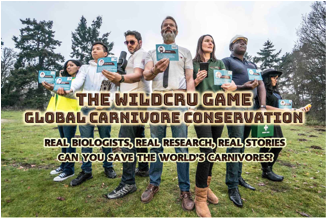 WildCRU, part of the Zoology Department at Oxford University founded and developed by ALWG member David Macdonald, has produced: The WildCRU Game: Global Carnivore Conservation. This game allows youngsters and adults to experience the challenges of solving conservation problems, playing the roles of real team members undertaking real projects. It's a cooperative game – the team that works together best for conservation, wins! Their goal, in addition to increasing the amount of fun and of carnivores in the world, is to get this game into schools and communities across the world and especially in the local communities where we work. Often these communities are poor, so we need people who can afford the game to buy it for people who can’t. To achieve this WildCRU urgently needs your help with their Kickstarter project. You can buy a game for yourself and/or contribute to the cost of a game to be donated to a school or community anywhere from Zimbabwe to Sumatra. Here’s how you can help:
August 10th is World Lion Day and ALWG members took to Twitter to spread the word! Here's what they had to say:
Even Leonardo DiCaprio chimed in promoting the launch of the Lion Recovery Fund, which aids many ALWG members.
Happy World Lion Day!
|
ALWGNews & Events are contributed by members of the African Lion Working Group. Archives
August 2022
Categories |
|
|
The Mission of the ALWG is to promote comprehensive, scientifically based conservation strategies for all free roaming lion populations in Africa.
|
|
Copyright 2017 African Lion Working Group| All rights reserved.
|
This website is proudly designed, managed, and sponsored by member Caitlin Curry.
|
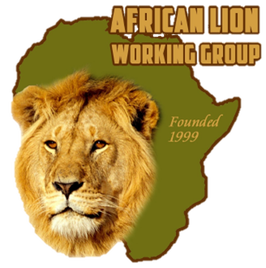
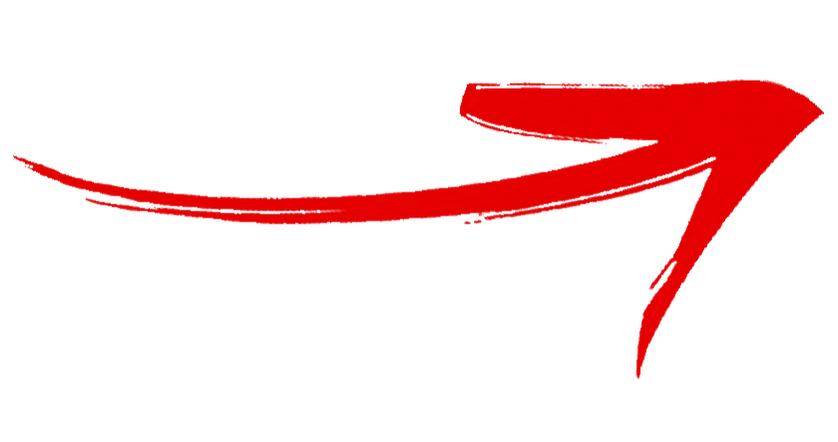
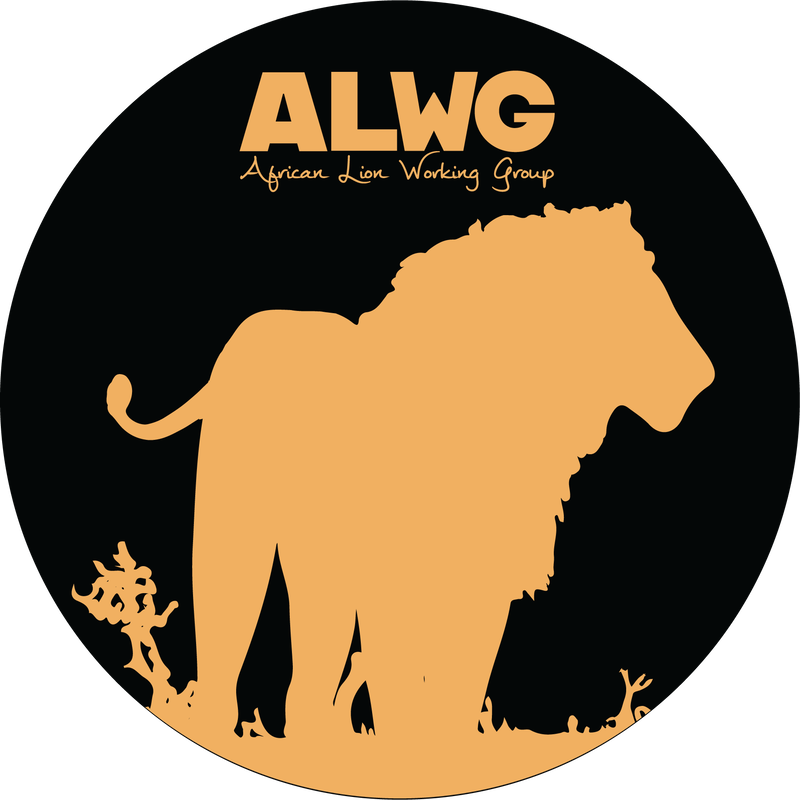
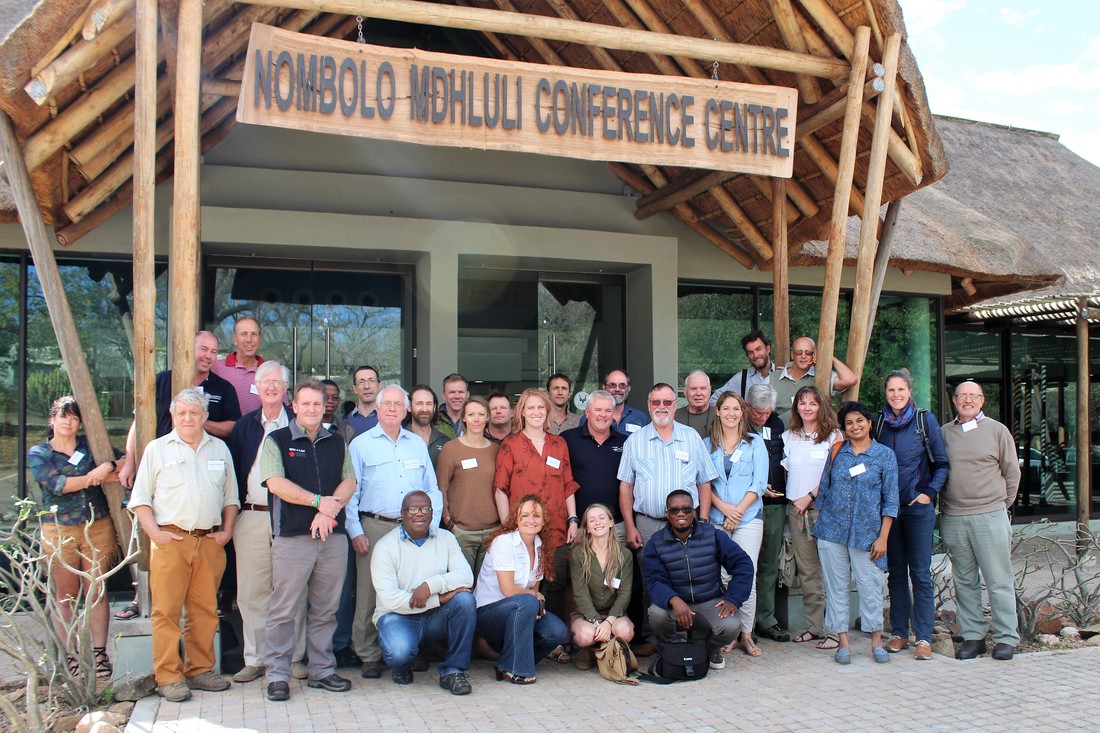
 RSS Feed
RSS Feed
